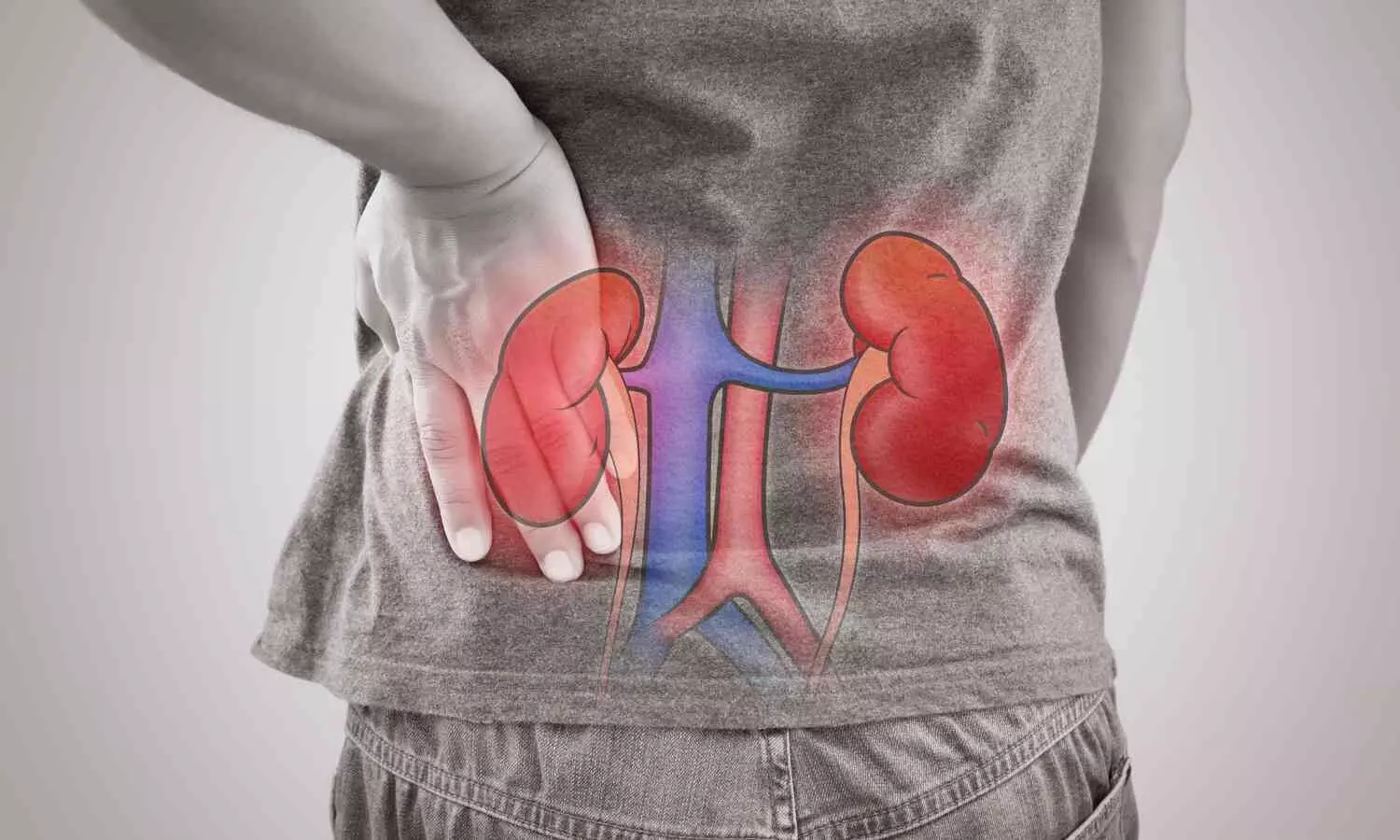- Home
- Latest News
- Health Topics
- Health Tube
- MDTV
- Viral Sach (Fact Check)
- Bone Health Fact Check
- Brain Health Fact Check
- Cancer Related Fact Check
- Child Care Fact Check
- Dental and Oral health fact check
- Diabetes and Metabolic Health fact check
- Diet and Nutrition Fact Check
- Eye Health Fact Check
- Fitness fact check
- Gut health fact check
- Heart health fact check
- Kidney health fact check
- Liver health fact check
- Medical education fact check
- Men's health fact check
- Neurology Fact Check
- Respiratory Fact Check
- Skin and Hair Care Fact Check
- Vaccine and Immunization fact check
- Women's health fact check
- Health FAQ
- Vaccines
- Web Stories
- Home
- Latest News
- Health Topics
- Health Tube
- MDTV
- Viral Sach (Fact Check)
- Bone Health Fact Check
- Brain Health Fact Check
- Cancer Related Fact Check
- Child Care Fact Check
- Dental and Oral health fact check
- Diabetes and Metabolic Health fact check
- Diet and Nutrition Fact Check
- Eye Health Fact Check
- Fitness fact check
- Gut health fact check
- Heart health fact check
- Kidney health fact check
- Liver health fact check
- Medical education fact check
- Men's health fact check
- Neurology Fact Check
- Respiratory Fact Check
- Skin and Hair Care Fact Check
- Vaccine and Immunization fact check
- Women's health fact check
- Health FAQ
- Vaccines
- Web Stories
Study Finds 4.9% of Indian Children and Adolescents Suffer from Impaired Kidney Function

New Delhi: According to the first nationwide survey released on Thursday, about 4.9 percent of children and adolescents in India suffer from impaired kidney function. This condition, which leads to chronic kidney disease (CKD), causes kidney damage to worsen over several months or years.
Chronic kidney disease is a significant public health problem, and its impact on children and adolescents in India has not been well-documented until now. The new study, conducted by researchers from the All India Institute of Medical Sciences in Bathinda and Vijaypur, and The George Institute for Global Health India, is based on data from the Comprehensive National Nutrition Survey (CNNS). This survey analyzed 24,690 children and adolescents aged 5-19 years between 2016 and 2018.
The study's results revealed that 4.9 percent of the children and adolescents surveyed suffer from impaired kidney function. This translates to approximately 49,000 cases per million population. Professor Vivekanand Jha, Executive Director of The George Institute for Global Health, India, highlighted the importance of addressing key predictors such as age, rural residence, lower maternal education, and stunting to improve child health outcomes.
The study found that the prevalence of impaired kidney function was higher among males and those living in rural areas. Andhra Pradesh had the highest number of cases, followed by Telangana and West Bengal. In contrast, Tamil Nadu, Chhattisgarh, Rajasthan, and Kerala reported the lowest prevalence.
"The high prevalence of impaired kidney function among Indian children and adolescents underscores the urgent need for targeted interventions and policies to address this growing public health issue. It is time to prioritize pediatric kidney health in national health agendas," said Professor Jha in a post on X.
These findings highlight the critical need for improved healthcare strategies to combat chronic kidney disease in India's younger population. By addressing the factors that contribute to impaired kidney function, such as rural residence and maternal education, and focusing on regions with the highest prevalence, policymakers and healthcare providers can work towards reducing the burden of CKD and improving the overall health of children and adolescents in India.


